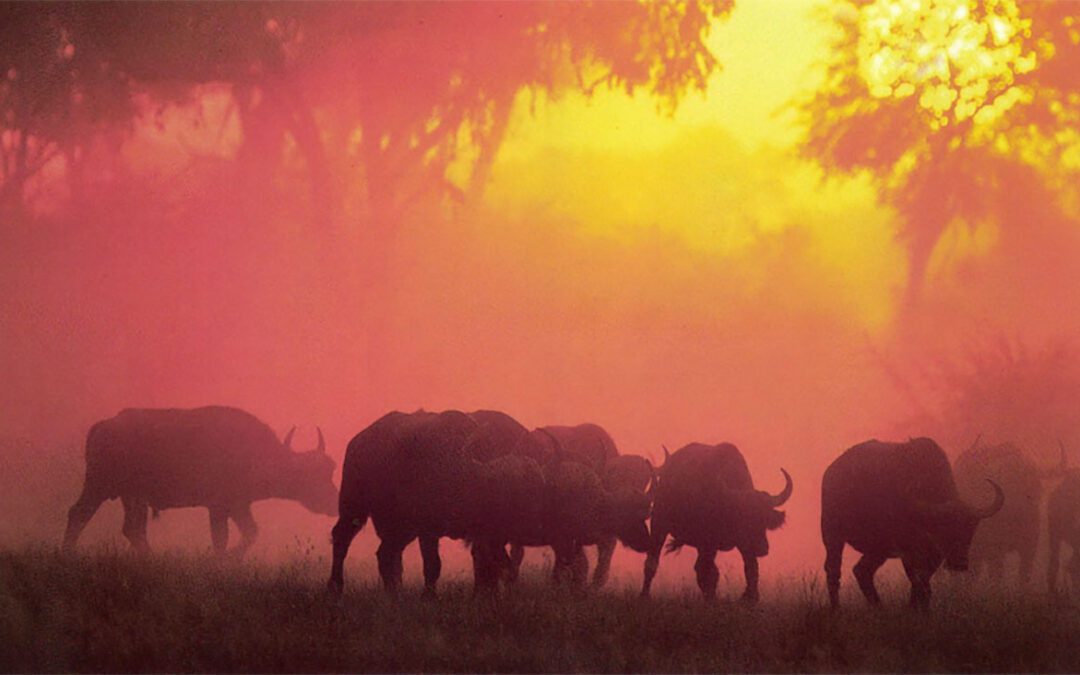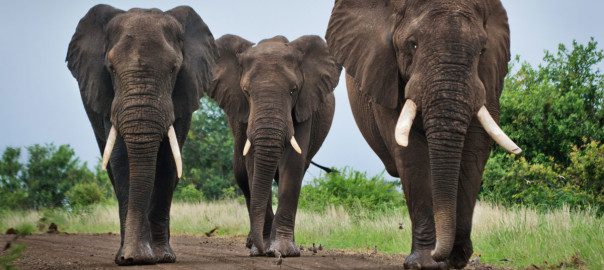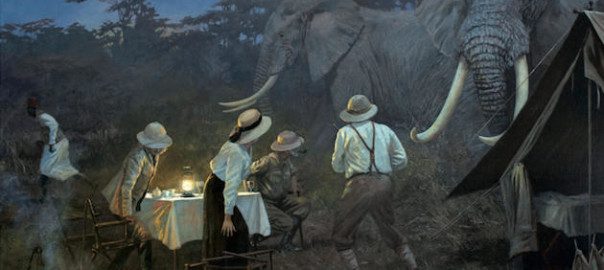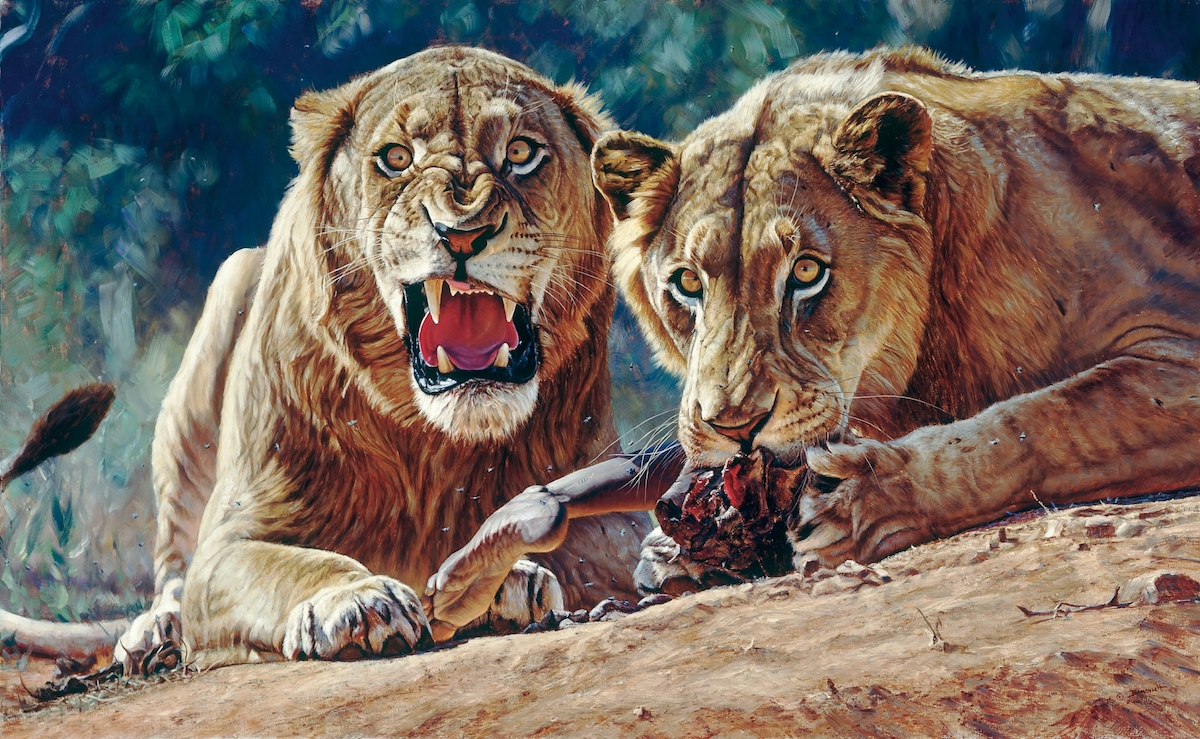Africa, the Dark Continent. Ask anyone what comes to mind when they think of Africa, and they will say its wild animals. And invariably its dangerous game.
As a wildlife biologist turned wildlife photographer, megafauna and man-eaters are what first drew me to visit Kenya over 20 years ago. Since then, I have returned to photograph wildlife in Tanzania, Botswana, Namibia, Zambia and South Africa — more than a dozen trips in all.
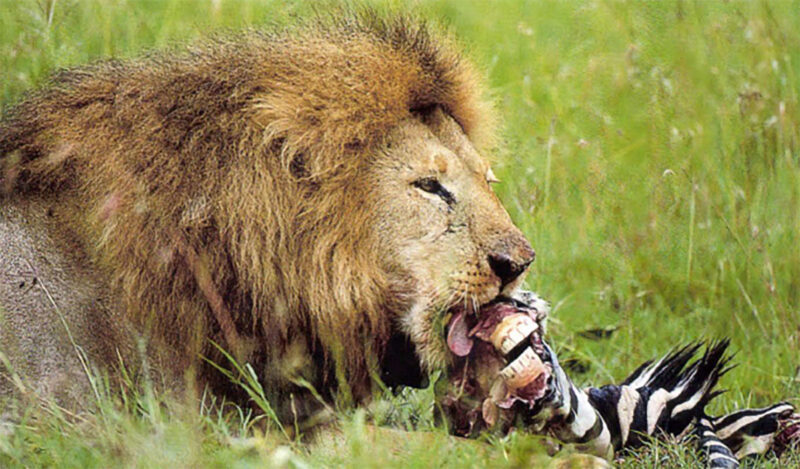
Observing and photographing Africa’s dangerous game can get in your blood, drawing you like a moth to flame. Lion, elephant, rhino, cape buffalo, leopard, crocodile, hippo. Maybe it’s their sheer size and power. Or maybe their ferocity. Certainly, there’s a special fascination in watching life on the proverbial edge.
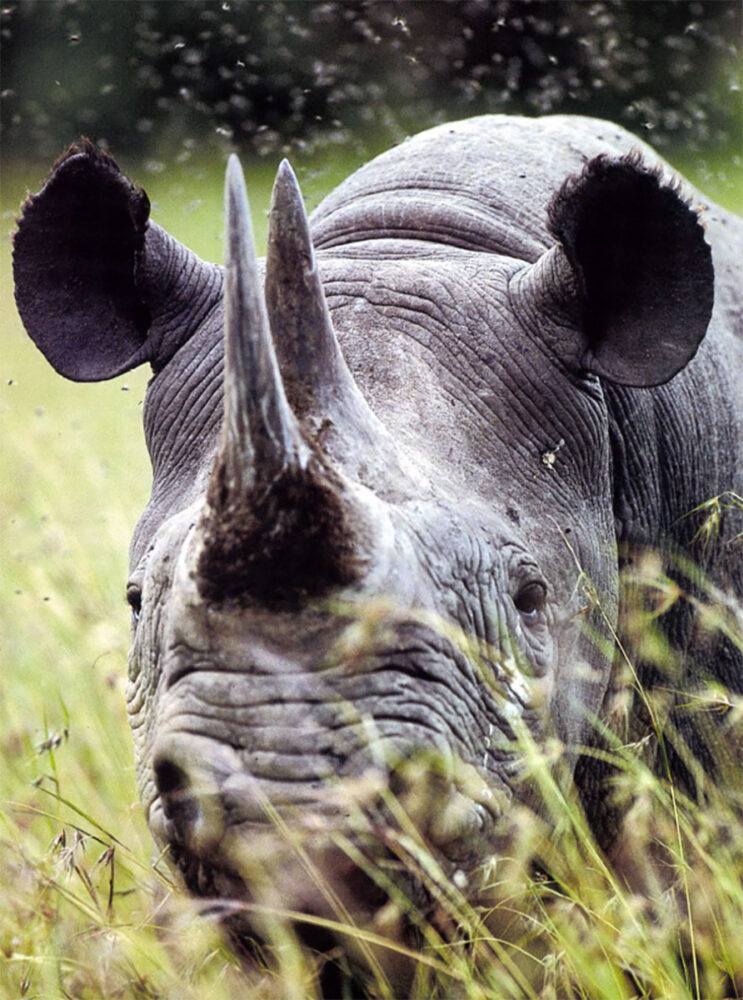
Prey is to predator as grass is to a wildebeest; substance that must be consumed so life can continue. And nowhere else on earth is the daily drama between predator and prey as easily observed than on the plains of Africa. A pride of lions swarming over a struggling zebra, a leopard clawing its way up a tree with a freshly killed impala, noisy hyenas cracking open the bones of a leftover kill — it’s all in your face, compelling you to look again and again, like a rubber-necking motorist passing the scene of a bad accident.
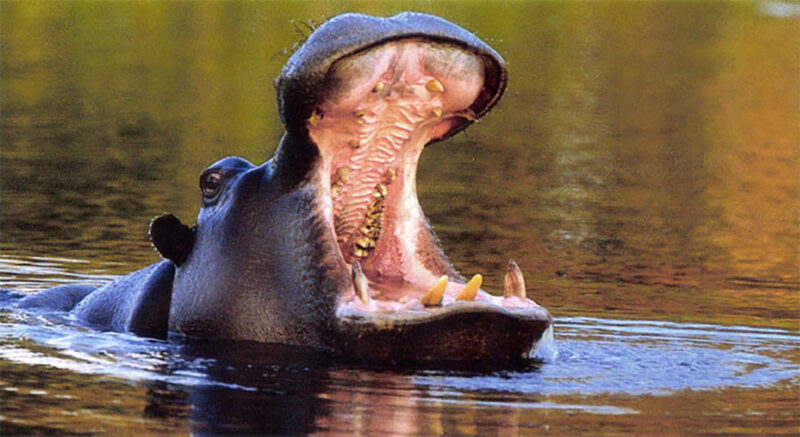
In Africa, prey and predator have evolved side by side. Zebra recognize a lion with a full belly and know they’ re safe, at least for the moment. Impala are in tune to the posture and movements of a stalking leopard and know that danger is imminent. Be observant and be quick … or be dead.
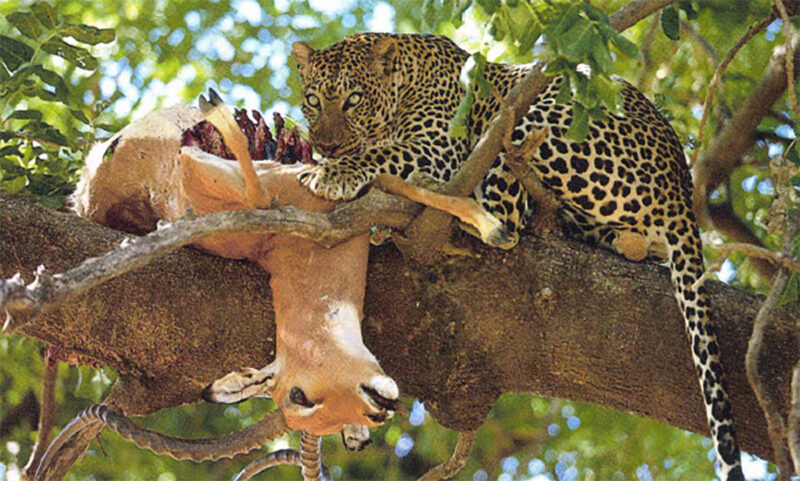
They’re big, they’re bad, and they know it. Not even the King of Beasts wants to mess with the nasty horns of a 2,000-pound buffalo or the crushing power of six-ton elephant. In a world where serious injury usually equates to a slow and painful death, fangs consistently give way to brawn with a bad attitude. And so it goes, day after day, season after season … the give and take of prey and predator on the world’s most ancient stage.
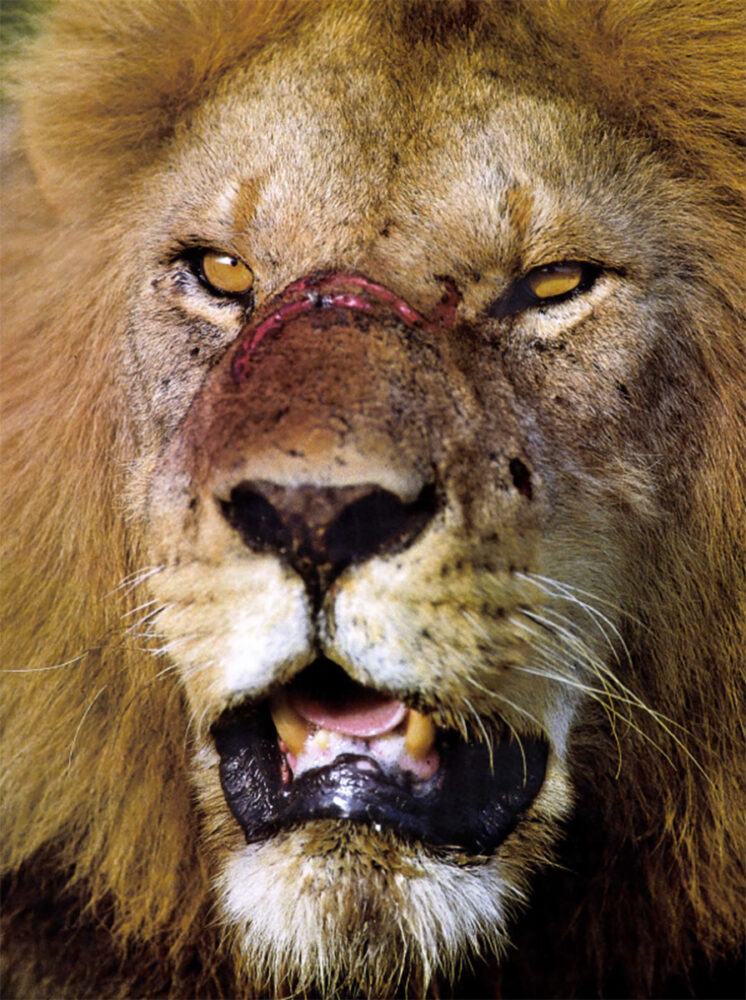
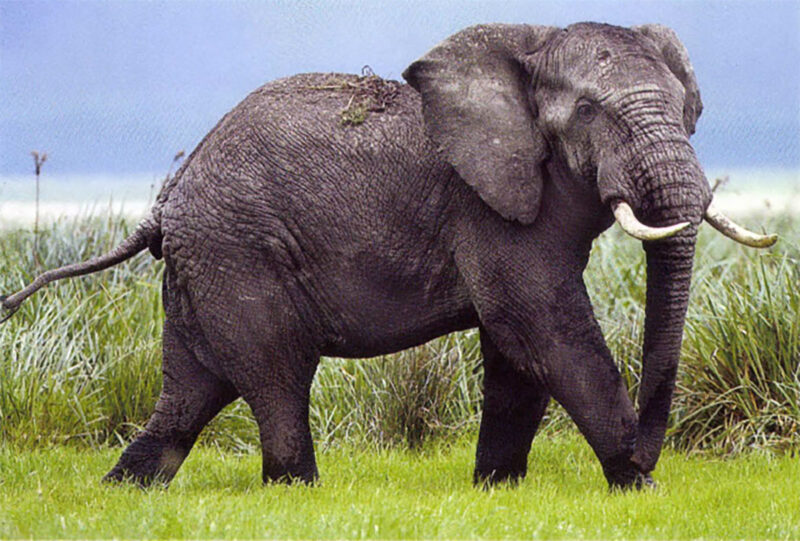
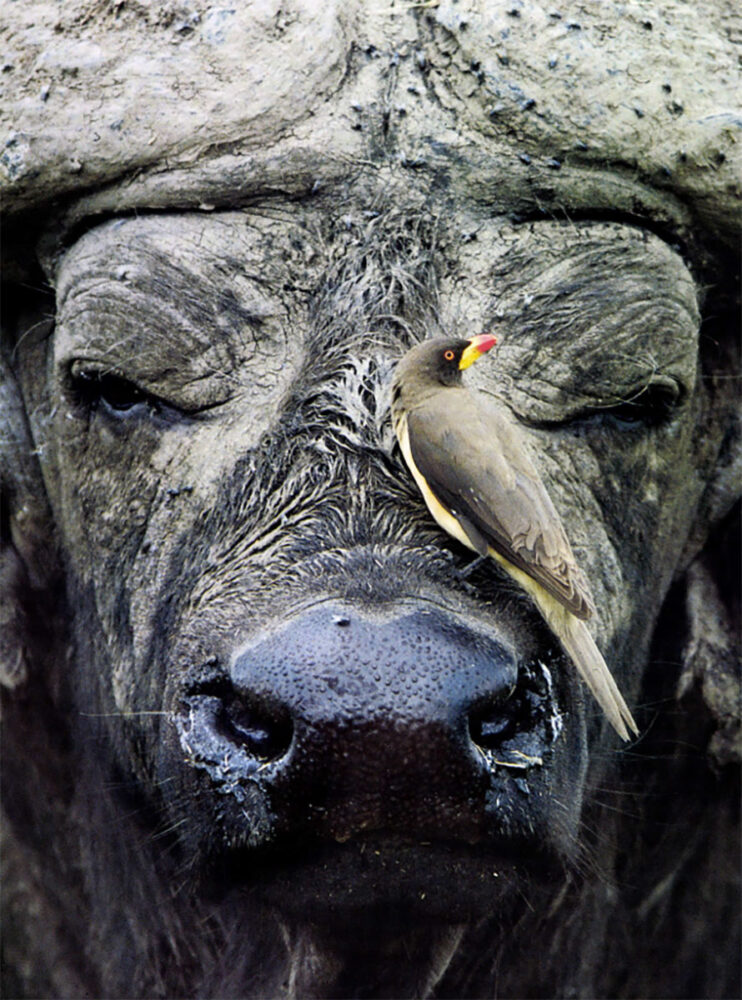
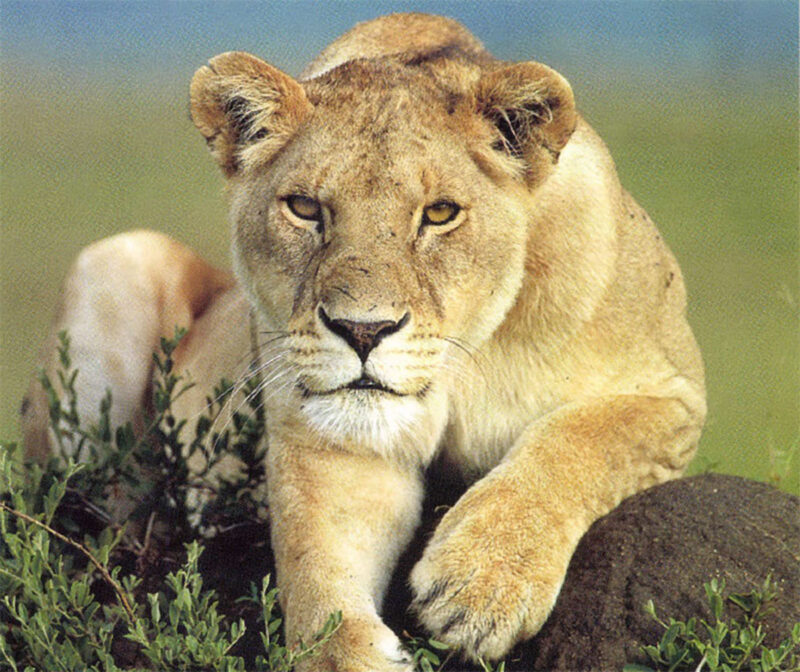
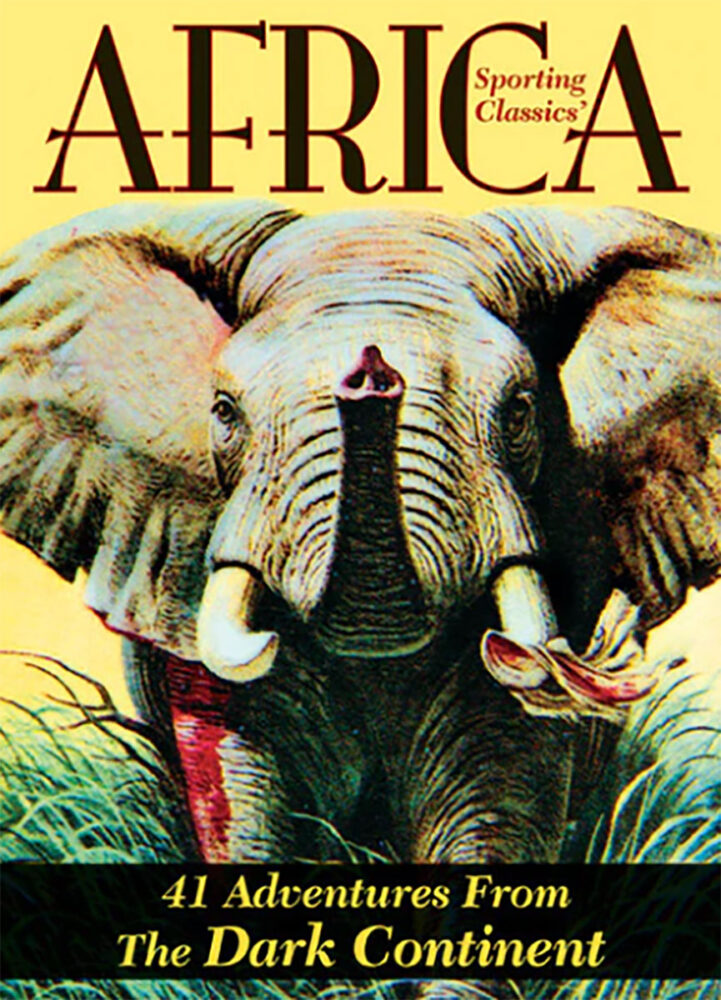 Featuring over 50 illustrations by world-renowned artist Bob Kuhn, AFRICA features more than 400 pages of unforgettable stories by some of the finest professional hunters and writers of sporting adventure. Buy Now
Featuring over 50 illustrations by world-renowned artist Bob Kuhn, AFRICA features more than 400 pages of unforgettable stories by some of the finest professional hunters and writers of sporting adventure. Buy Now

